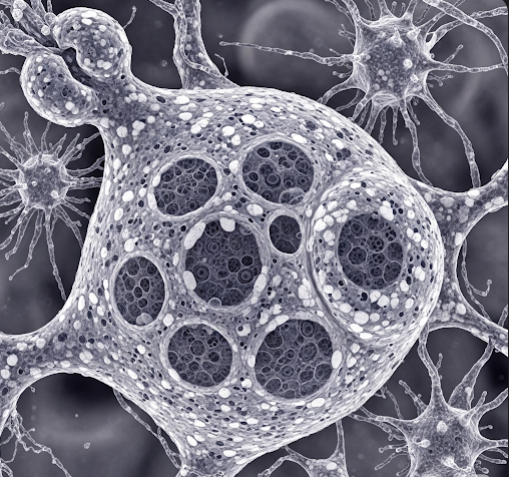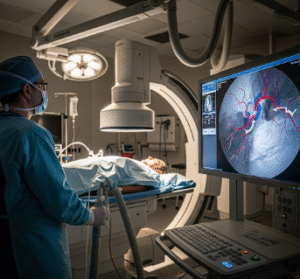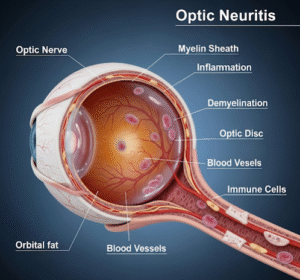Overview
Tay-Sachs disease is a rare, inherited genetic disorder that causes progressive damage to the nervous system. It is characterized by the absence or deficiency of an enzyme called hexosaminidase A, which leads to the accumulation of harmful substances in nerve cells. This accumulation results in the destruction of brain and spinal cord neurons, causing severe neurological impairment. Although Tay-Sachs disease is extremely rare in Korea, awareness, genetic testing, and advanced medical care are available for diagnosis and supportive management.
What is Tay-Sachs Disease?
Tay-Sachs disease is an autosomal recessive lysosomal storage disorder caused by mutations in the HEXA gene, which encodes the enzyme hexosaminidase A. Without this enzyme, a fatty substance called GM2 ganglioside builds up abnormally in neurons, leading to their progressive destruction. The disease primarily affects infants but has juvenile and adult-onset forms as well. The infantile form is the most severe and rapidly progressive, often leading to early death.
Symptoms
Symptoms of Tay-Sachs disease vary depending on the age of onset but commonly include:
- Infantile form:
- Loss of motor skills such as crawling or sitting
- Muscle weakness and decreased muscle tone (hypotonia)
- Exaggerated startle response to sounds
- Seizures
- Vision and hearing loss
- Cherry-red spot visible on the retina during eye examination
- Developmental regression
- Difficulty swallowing and feeding
- Paralysis and eventual coma
- Juvenile and adult forms:
- Slower progression of neurological symptoms
- Movement disorders like tremors or ataxia
- Speech difficulties
- Cognitive decline
- Psychiatric symptoms in some adult cases
Causes
Tay-Sachs disease is caused by mutations in the HEXA gene inherited from both parents (autosomal recessive inheritance). If both parents carry one defective gene copy, there is a 25% chance with each pregnancy that the child will inherit the disease. Carrier frequency is higher in certain populations such as Ashkenazi Jews but remains very low in Korea.
Risk Factors
- Having parents who are carriers of the HEXA gene mutation
- Family history of Tay-Sachs or related lysosomal storage disorders
- Certain ethnic backgrounds (less common in Korea)
Complications
Tay-Sachs disease leads to severe and progressive neurological decline, causing:
- Loss of voluntary muscle control
- Blindness and deafness
- Seizures that are difficult to control
- Respiratory failure due to muscle weakness
- Severe cognitive impairment
- Early death in infantile cases (usually by age 4-5 years)
Prevention
Currently, there is no cure or effective prevention for Tay-Sachs disease. However, preventive strategies include:
- Genetic counseling for at-risk couples
- Carrier screening and prenatal testing, especially if there is a family history or ethnic predisposition
- Awareness and education about the disease
Treatment Options in Korea
While there is no cure for Tay-Sachs disease, Korean medical centers provide comprehensive supportive care and symptom management:
Diagnosis
- Enzyme assay tests measuring hexosaminidase A activity in blood or skin cells
- Genetic testing to identify HEXA mutations
- Neuroimaging (MRI) to assess brain involvement
- Electrophysiological studies
Supportive Treatment
- Seizure control with antiepileptic medications
- Nutritional support including feeding tubes if swallowing is impaired
- Physical and occupational therapy to maintain mobility and function
- Respiratory care including ventilation support if needed
- Palliative care focusing on comfort and quality of life
Research and Clinical Trials
- Participation in experimental therapies such as gene therapy and enzyme replacement trials may be available at major Korean research hospitals.
Leading Medical Centers in Korea
- Seoul National University Hospital
- Asan Medical Center
- Samsung Medical Center
- Severance Hospital (Yonsei University Health System)













